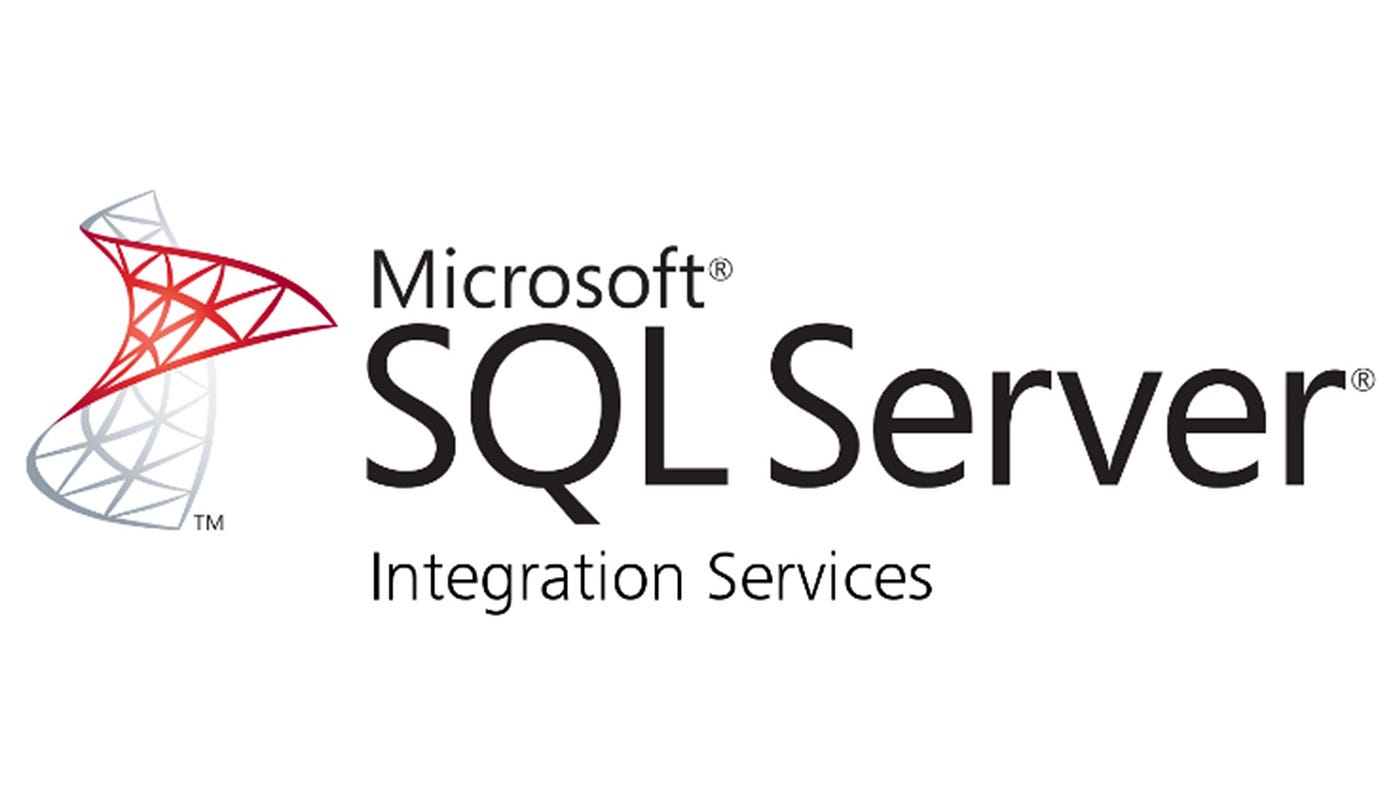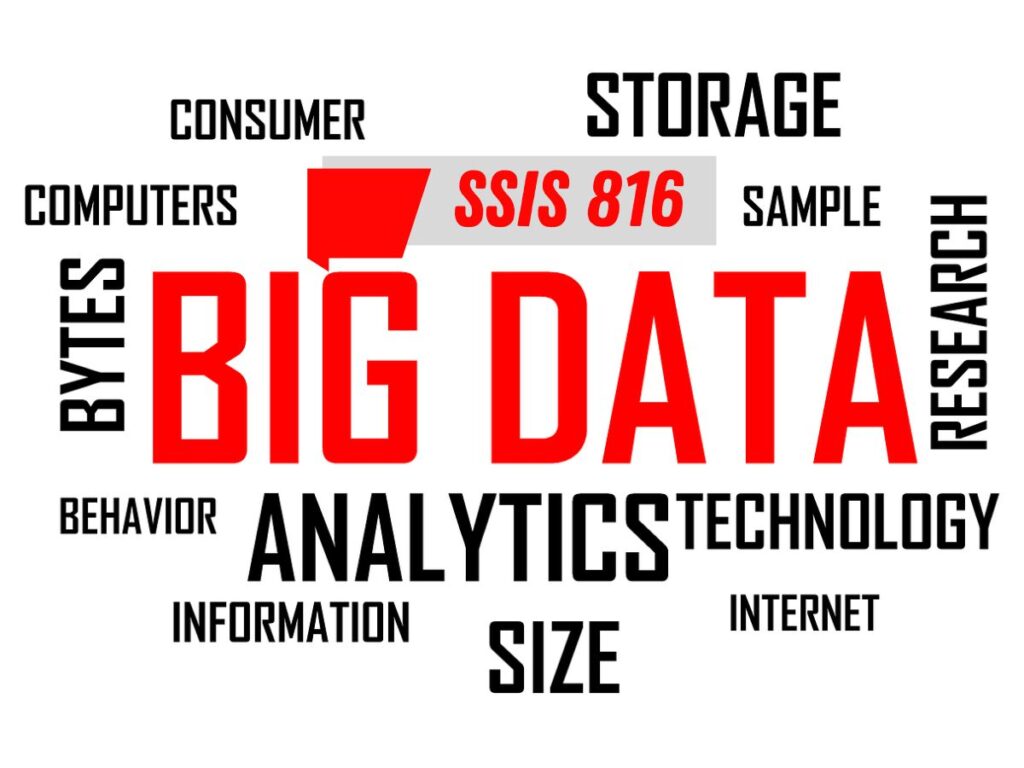Introduction to SSIS 816
Overview of SSIS
SSIS 816 , or SQL Server Integration Services, is a platform for data integration and workflow applications. It allows users to extract, transform, and load (ETL) data from a wide variety of sources, making it a vital tool for organizations dealing with large amounts of data. SSIS 816 simplifies the process of managing and transforming data, ensuring that it is accurate, consistent, and ready for analysis.
What is SSIS 816?
SSIS 816 is a specific version or update within the SSIS platform that introduces new features, performance enhancements, and improvements in usability. This version is designed to provide more robust solutions for data integration challenges, making it easier for professionals to manage complex data environments. SSIS 816 builds on the strengths of previous versions, offering better tools and options for users.
Importance of SSIS 816 in Data Integration
The significance of SSIS 816 lies in its ability to handle the growing demands of data integration in today’s data-driven world. As businesses continue to rely heavily on data for decision-making, having a tool like SSIS 816 becomes essential. It ensures that data is integrated smoothly from various sources, making it accessible and useful for business intelligence and analytics. With SSIS 816, organizations can streamline their data processes, reduce errors, and improve overall efficiency.

Key Features of SSIS 816
Enhanced Performance
One of the standout features of SSIS 816 is its enhanced performance capabilities. This version has been optimized to handle larger data volumes and more complex ETL processes with greater efficiency. Users will notice faster execution times, reduced resource consumption, and improved scalability, making it a powerful tool for organizations dealing with big data.
Improved Usability
SSIS 816 also focuses on user experience, offering a more intuitive interface and streamlined workflows. The goal is to make the tool accessible to both novice and experienced users, reducing the learning curve and increasing productivity. Enhanced documentation, better error messages, and a more organized workspace contribute to this improved usability.
Integration Capabilities
With SSIS 816, the integration capabilities have been significantly upgraded. This version supports a wider range of data sources and targets, making it easier to connect and synchronize data across different platforms. Whether you’re working with cloud-based services, on-premises databases, or hybrid environments, SSIS 816 provides the flexibility needed to manage diverse data landscapes.

How to Get Started with SSIS 816
Installation Process
Getting started with SSIS 816 begins with a straightforward installation process. Users can download the necessary files from Microsoft’s official website and follow the on-screen instructions. The installation process is designed to be user-friendly, with clear prompts and guidance throughout. It is important to ensure that your system meets the minimum requirements to avoid any issues during installation.
Configuring Your Environment
Once installed, configuring your environment is the next step. This involves setting up your development and production environments to ensure that SSIS 816 runs smoothly. Key configuration tasks include setting up SQL Server, configuring network settings, and ensuring that all necessary components are installed. Proper configuration is crucial for optimal performance and reliability.
Basic Setup and Usage
After installation and configuration, you can start using SSIS 816 for your data integration tasks. The basic setup involves creating new projects, defining data sources and destinations, and setting up ETL processes. SSIS 816 provides a user-friendly interface that guides you through these steps, making it easy to get started even if you’re new to the platform.
Advanced SSIS 816 Techniques
Optimizing Data Flows
To maximize the efficiency of your ETL processes, optimizing data flows is essential. SSIS offers various tools and techniques to help you achieve this. For example, you can use data flow transformations to reduce the amount of data processed at each step, thereby speeding up the overall process. Additionally, SSIS allows for parallel execution of tasks, which can significantly improve performance.
Error Handling and Logging
In any data integration process, errors are inevitable. SSIS provides robust error handling and logging mechanisms to ensure that issues are detected and resolved quickly. You can configure SSIS to automatically log errors, track data flow anomalies, and generate reports that help you identify and address problems. Effective error handling ensures the integrity and reliability of your data.
Performance Tuning
Performance tuning in SSIS involves fine-tuning various aspects of your ETL processes to achieve optimal performance. This can include adjusting buffer sizes, managing memory allocation, and optimizing SQL queries. SSIS provides detailed performance metrics that help you monitor and improve the efficiency of your data integration tasks.
SSIS 816 in Real-World Applications
Case Studies
Numerous organizations have successfully implemented SSIS to streamline their data integration processes. These case studies highlight how businesses across different industries have used SSIS to overcome data challenges, improve decision-making, and achieve their goals. Whether it’s a retail company integrating sales data or a healthcare provider managing patient information, SSIS has proven to be a valuable tool.
Industry Use Cases
SSIS is versatile enough to be used across a wide range of industries. For example, in finance, SSIS can be used to integrate financial data from multiple sources, ensuring that it is accurate and up-to-date. In manufacturing, it can help manage supply chain data, providing real-time insights into inventory levels and production schedules. The flexibility and power of SSIS 816 make it an indispensable tool for businesses of all sizes.
Future Trends in SSIS 816
As data continues to grow in importance, the role of tools like SSIS will only become more critical. Future trends may include further integration with cloud services, enhanced machine learning capabilities, and more automation features. Staying ahead of these trends will be essential for businesses looking to maintain a competitive edge in a data-driven world.














